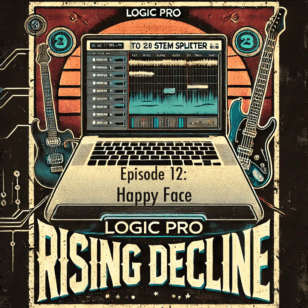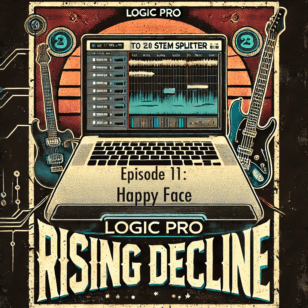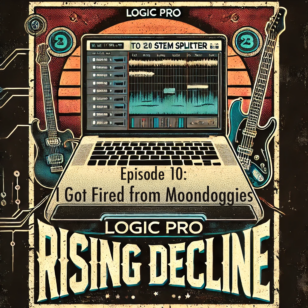 This summer, I’m teaching computers at Project Think, a non-profit summer enrichment program. I was told by our director Dr. Warren to “teach something cutting-edge that will enable our students to be leaders in the 21st century.” Since I also teach Evolving Educational Technologies at Azusa Pacific University, I decided to teach my students (grades 3-8) how to podcast. My only requirements were that it had to be cutting-edge, teach a usable skill, and fit our theme: Opening Doors to a Global World.
This summer, I’m teaching computers at Project Think, a non-profit summer enrichment program. I was told by our director Dr. Warren to “teach something cutting-edge that will enable our students to be leaders in the 21st century.” Since I also teach Evolving Educational Technologies at Azusa Pacific University, I decided to teach my students (grades 3-8) how to podcast. My only requirements were that it had to be cutting-edge, teach a usable skill, and fit our theme: Opening Doors to a Global World.
So, I decide to have 100 students create 30 podcasts in 20 days. Students’ time is split among six classes, so our time together is realistically about 5 hours spread over three weeks.
13 laptops were stolen two days before classes started. Being the computer teacher, this was a pretty big blow to my lesson plans. I had to rearrange lesson plans and scramble while we figured out what to do in a computer class without computers. Solution: teach how to use a green screen and teach GarageBand.
 We received some local press attention about the laptop theft. A few families donated some old computers. Then CBS 2 News aired a segment about our program and the theft. This publicity has led to a surge in donations. Notable donators include the Claremont Universities Consortium and Dreamworks Animation.
We received some local press attention about the laptop theft. A few families donated some old computers. Then CBS 2 News aired a segment about our program and the theft. This publicity has led to a surge in donations. Notable donators include the Claremont Universities Consortium and Dreamworks Animation.
After receiving these donations (and spending many nights setting them up), the curriculum was back on track.
Here is the layout of the podcast assignment for the students:
- Choose a country you want to learn about (student choice leads to intrinsic motivation).
- Research the country (we used Wikipedia mostly).
- Write a script (start with ten fascinating facts about the country).
- Edit the script (written in own voice, include essential facts, use stronger verbs).
- Record the script (used Quicktime Pro and Blue Microphone’s Eyeball).
- Find 10-40 licensed photos (creative-commons search on Flickr).
- If time, add music to narration in GarageBand.
- Add narration to iTunes.
- Create slideshow in iPhoto.
- Add narration as “music.”
- Export as large Quicktime movie.
Since I was working with students grades 3-8 with a variety of computer skills, I needed to differentiate the instruction. Students were allowed to work in teams of two or three. Since there were many tasks required, students could work collaboratively (as musician, writer, speaker, and photographer).
Once we collected the podcasts, I compressed them in VisualHub. This greatly reduced the file size and maintained the quality. I also created a WordPress blog and added the PowerPress plugin to host our podcast. I uploaded all 30 podcasts and created a post for each one. Finally, I submitted the podcast to iTunes. Make sure to give yourself 48 or so for iTunes to approve your podcast if you’re also doing this.
At Project Think, we always send home something tangible for students and families. I decided to give each student a dvd of everyone’s podcast. Students worked on the projects until Wednesday, and their last day was Thursday. We had an Open House Wednesday night, so I began authoring the dvd Wednesday night at 10 pm. It takes a while to render and burn 100 dvds without a dedicated dvd duplicator. Mental note: never burn 100 dvds in one night. I got zero hours of sleep, and continued to burn dvds all through the last day of classes. Not fun. Next time, students need to just go to iTunes and download them.
This is a fantastic project. It’s been well-received by students, families, and the media. I could envision classroom teachers (during the regular school year) completing this type of project during a trimester-long project. Give yourself plenty of time. Scaffold the instruction so beginners and experts are engaged. And have fun!
Be sure to check out our podcast:
- http://www.billselak.com/pt/
- http://itunes.apple.com/WebObjects/MZStore.woa/wa/viewPodcast?id=321580076


